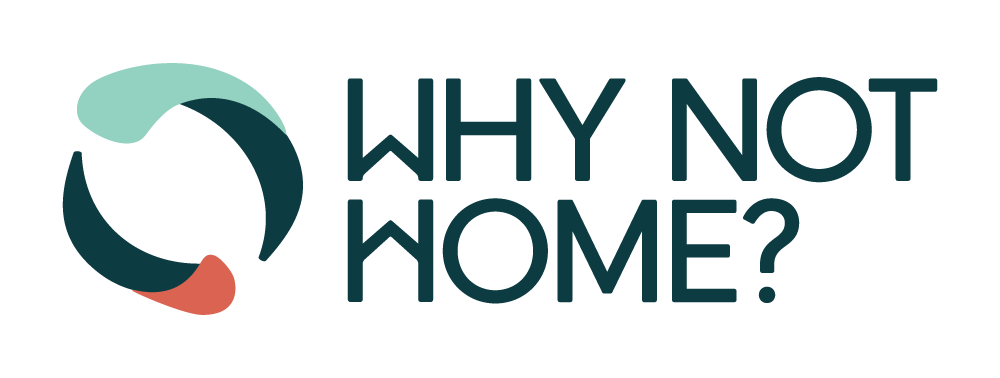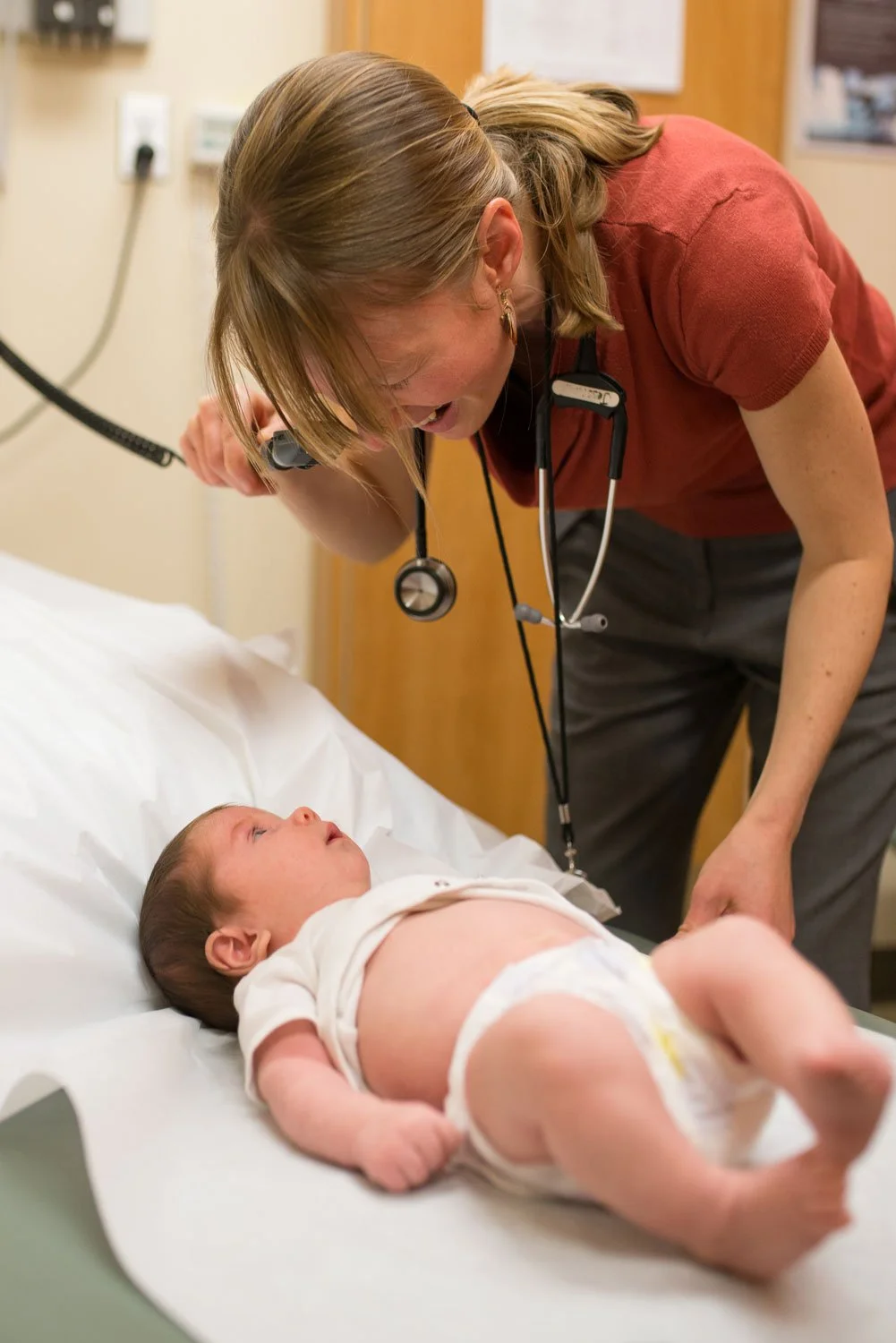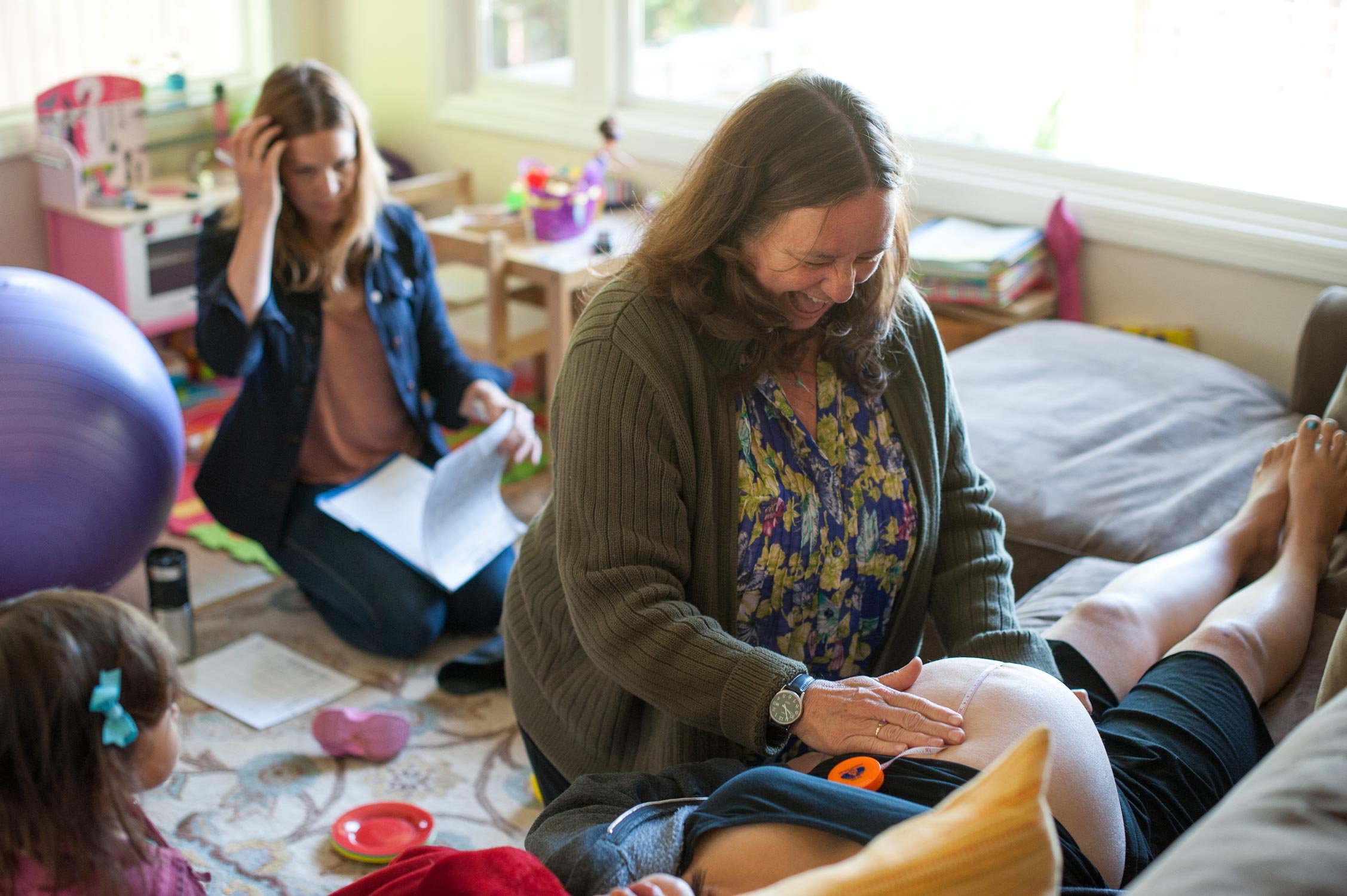Home Birth Stories
Less than 1% of women in the u.s. currently deliver at home, but that number has increased by over 50% in the past 10 years. The evidence about safety is difficult to interpret and reliable data on outcomes in the us is somewhat limited.
In the UK, the Royal College of Obstetricians and Gynecologists recommends home birth for low risk women. However, the American College of Obstetrics and Gynecology (ACOG) warns that home birth is 2-3 times more likely to end in infant death. It makes you wonder, how could these two groups come to such different conclusions? For one, they are basing their recommendations on different data.
Are You Crazy?
Heidi’s Story
Such Lovely Things
Robyn's Story
Hypocritical?
Michelle's Story
Grandma Understands
Tanashia's Story
Social Pressure
Saraswathi's Story
Birth Outcomes
What is Safe?
At Home in the Hospital
Inside Perspective
Home Birth Data
Dutch Study
Home birth is much more common in many European countries. The largest study, by de Jong, compared birth outcomes at home and in the hospital in the Netherlands. Here’s what they found:
Wax META-Analysis
Do the results of the Dutch Study apply to home birth in the US? Here's why the American College of Obstetricians and Gynecologists doesn't think so.
Wax Criticism
There are many criticisms of the Wax study, but this is one of the big ones:
Resources & References
The decision about where to give birth has implications for the outcome. The following is a list of resources available to support healthcare providers, parents, and activists as we work together to improve maternity care and increase access to birth options for every woman and family. As you continue to learn and explore home birth as an option, we invite you to explore the following resources.
-
Midwives Alliance of North America
Childbirth Connection: A Program of the National Partnership for Women and Families
International Confederation of Midwives
World Health Organization: Midwives
The Home Birth Consensus Summit
Find Your Hospital’s C-Section Rate
-
Portland Monthly Magazine
“The Big Push Towards Safe Home Birth”The New England Journal of Medicine
"A NICE Delivery--The Cross-Atlantic Divide over Treatment Intensity in Childbirth"



